Damp and Condensation Mould
Damp and condensation mould is not one thing, they are two separate things, but are both potential hazards under the Housing Health and Safety Rating System. Failing to address them could lead to failure of the Decent Homes Standard and our Home Standard.
We must have systems in place to ensure that our homes are free from hazardous levels of damp and condensation mould, and to identify and deal with cases promptly and effectively.
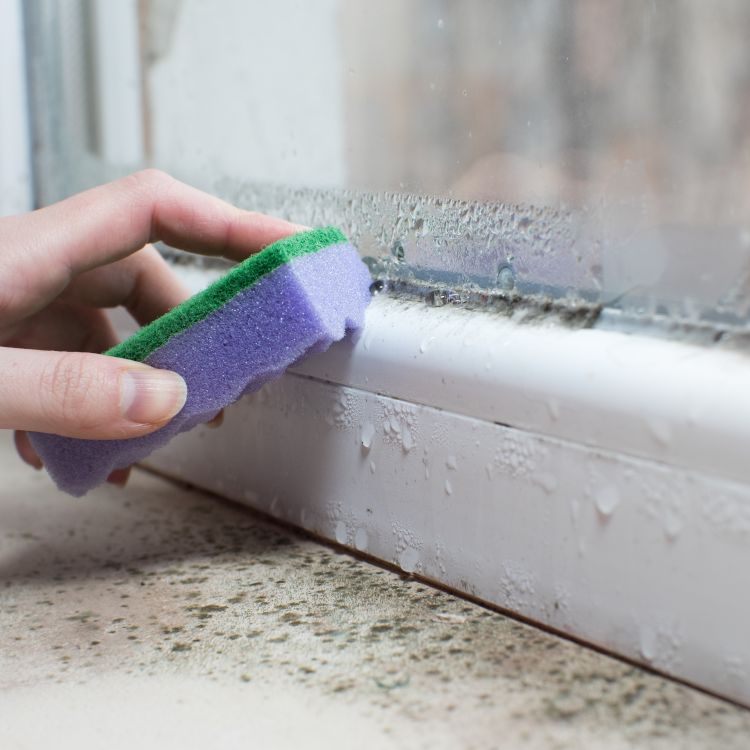
What do you need to know about Damp and Condensation Mould?
In the vast majority of cases mould grows as a result of condensation, but condensation can be made worse by damp.
Condensation cannot be 'cured' but it can be managed and this requires both Platform, the Landlord, and the resident to work together in partnership.
Damp can be cured by the right remedial action, and that is our responsibility to resolve.
How can I prevent Condensation Mould occurring?
The most effective way to keep a property free from condensation mould is to reduce the level of condensation as much as possible through heating and ventilating the home and to wiping down any residual condensation that does form on surfaces.
However, we are experiencing difficult times with a cost-of-living crisis that is affecting everyone and we know that some of our customers will be making decisions every day to heat or eat.
We know that it will not be possible for all our customers to operate the heating systems as much as they would like or be able to tumble dry clothes so they will be dried in the home on clothes driers instead. These are things that will make the home more likely to suffer from condensation and if left unchecked it will result in condensation mould.
However, you can still prevent the condensation mould from occurring and to help you do this we have put together some guidance leaflets below:
What typically causes condensation and what does condensation mould look like?
- Condensation happens when humid air meets a cold surface.
- When these water vapor modules reach a cold surface, they clump together.
- 'Dew point' is when they form visible drops, and condensation forms on the surface.
The more moisture there is in the air the more likely it is you will get condensation.
Condensation can lead to mould if left for too long.
Mould is a natural organic compound, and mould spores exist all around us in the air and are brought into our homes every time we open a door or window or on our clothes when we come in from outside. For mould to grow and spread it needs clean water (produced by condensation) and if it has a food source (dirt, dust and bacteria) it will grow and spread even quicker.
Take these two things away and the mould spores will not be able to grow.
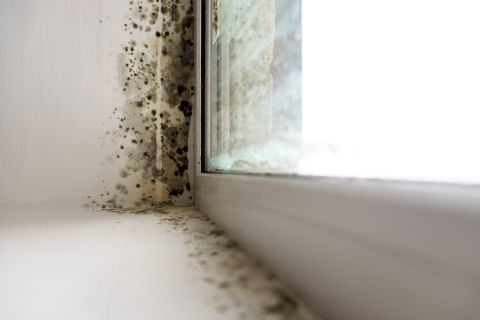
Above: Mould growing.
Below: Condensation on the glass running onto the sill.
Above: The condensation needs to be removed/reduced daily in order to reduce the possibility of Mould forming.
This can happen in any home and is not purely a Social Housing issue.
Other conditions that increase the risk of condensation
-
Inadequate ventilation - windows that don't open, broken or ineffective extraction fans.
-
A lack of heating - not heating the house which may be a result of fuel poverty or a broken appliance
-
Leaking pipework – the water will evaporate and add to the moisture in the air
-
Defective insulation – poorly fitted loft insulation will leave cold spots on the ceilings
-
Poor building design – bathrooms with 3 external walls will have greater heat losses and will need more ventilation
-
Over filled rooms – restricts ventilation as air will not circulate around the items
Overcrowding – every person adds about 4 pints of water a day to the moisture level in the home. More people mean more moisture and more ventilation and management needed.
Dampness can enter the building through the foundation walls from the wet ground. Cracks on the surface of walls, slabs, terraces, roofs, etc., allow the entry of moisture during rainy weather seasons.
There are two main types of damp that we encounter.
Rising Damp and Penetrating Damp, both of these can contribute to condensation mould.
Rising Damp
This type of damp is caused when water in the ground or a surface level rises through the structure of the property as a result of the failure, breach or lack of a moisture control barrier.
These are namely the damp proof membrane, a solid floor or the damp proof course in a ground floor wall.
This is typically what you will see on the inside: rising damp coming up through the walls.
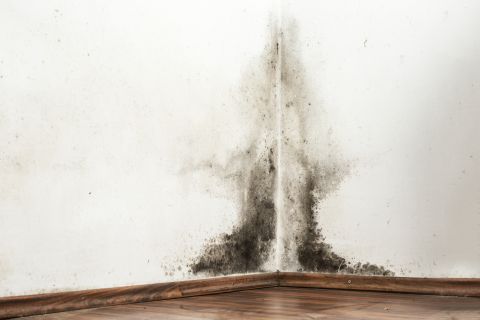
Rising damp coming through the floor will likely lift vinyl tiles and soft furnishings may suffer from mould.
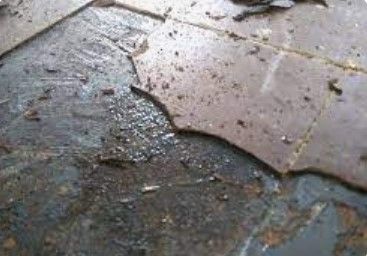
Rising Damp - typically this is what you would see on the outside of the property: Damp brickwork above the damp proof course level which should be 150mm or 2 courses of brickwork above the external ground level.
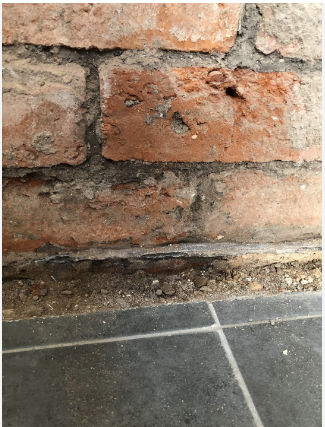
Penetrating Damp
Penetrating damp is caused when there are defects in the structure that allow water to pass through the fabric of the building. This can be a leak from a pipe internally or externally, a leaking roof, damaged brickwork or poorly sealed windows and doors.
Typically, penetrating damp will look like this internally: penetrating damp on a chimney breast.
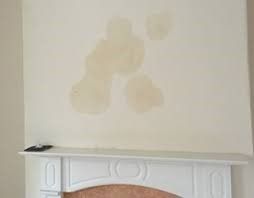
Penetrating damp through a leaking roof.
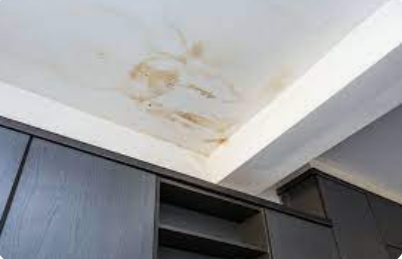
This is what you would see on the outside that could cause penetrating damp:
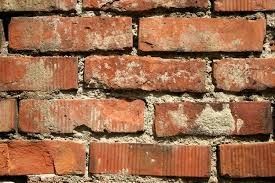
Blocked guttering overflowing roof:
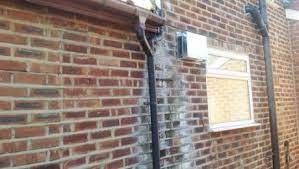
Cracked and damaged rendering:
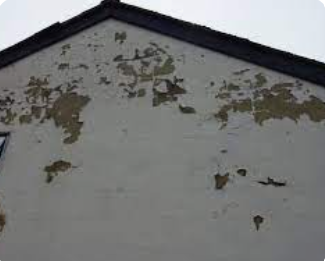
The quickest and easiest way to report Damp and/or Condensation Mould is to use our customer portal, YourPlatform, and complete the short reporting form. Customers will need to log into the portal to be able to submit the form, it is on the ‘Repairs and Maintenance’ page.
If you are unable to do this then please contact our customer hub on 0333 200 7304 and they will complete the reporting for you, but please be aware with high call volumes there may be longer than usual wait times.
Our Approach
We cannot cure condensation mould - we can help our customers to manage it and improve the quality of their home and wellbeing and ensure the home is free from damp.
Our aim in detail -
-
Act on each and every report – each report is logged and thoroughly investigated by a technically trained member of staff.
-
Everything connected - the same, consistent advice being given out by call handlers, housing, technical surveying staff and tradespeople.
-
Our Technical documents and staff training will reflect the same language.
-
We will increase knowledge and awareness to enable colleagues to help customers with queries or concerns surrounding condensation mould.
We will use the data we collect to inform a Damp and Condensation Mould Strategy that seeks to put in place proactive interventions.
Please, DO NOT answer the door to cold callers - all our teams and contractors will wear either branded clothing and produce ID if they are working for us or on our behalf. Please always come to us in the first instance. we don’t ask for payment for any survey or fee for grant funded work. Do not be caught out by chances wanting to take your money.
How we will deal with Damp and Condensation Mould cases
When you report damp and condensation mould your case will be created on our register.
Guidance Leaflets
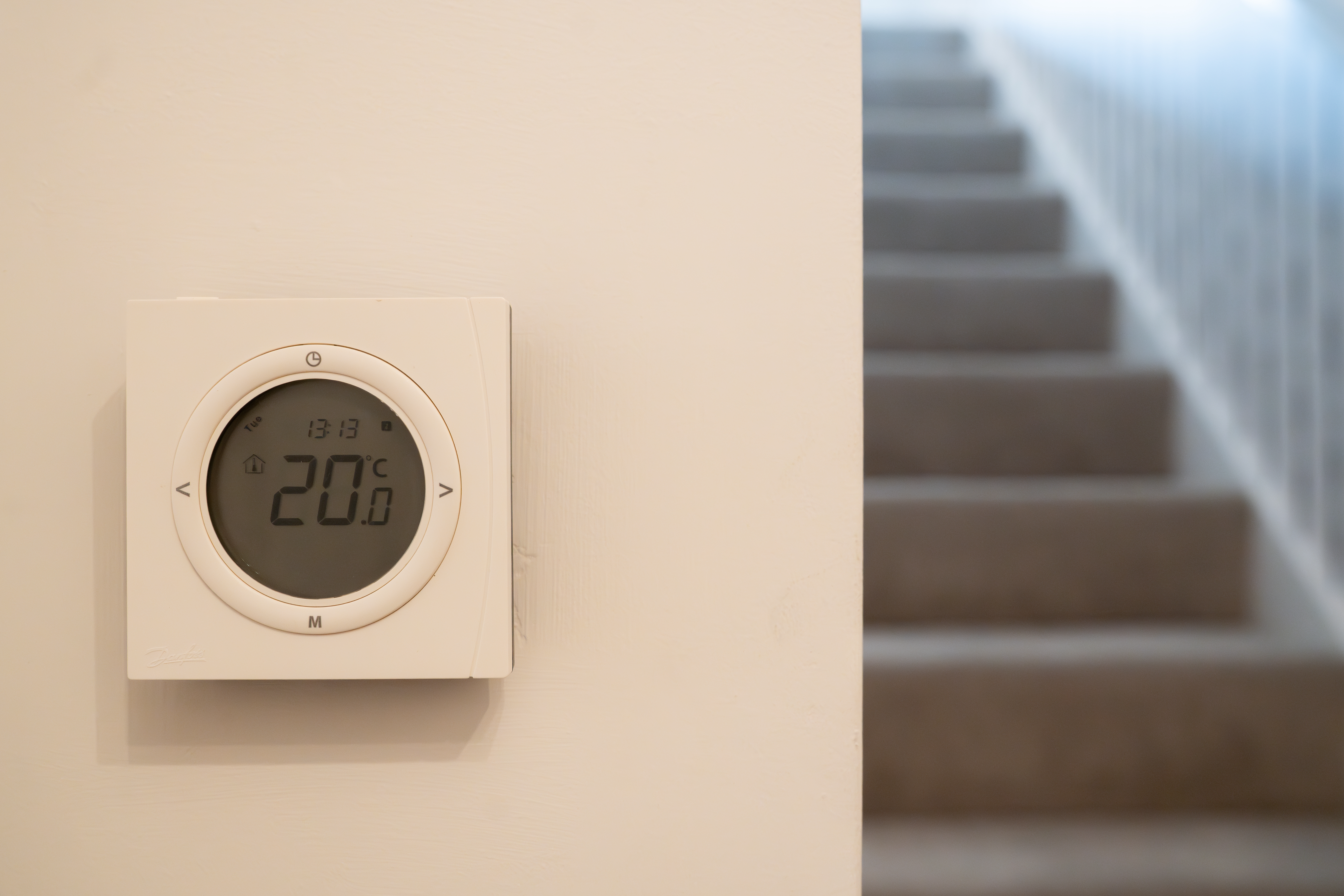 Special Guidance - Heating
Special Guidance - Heating
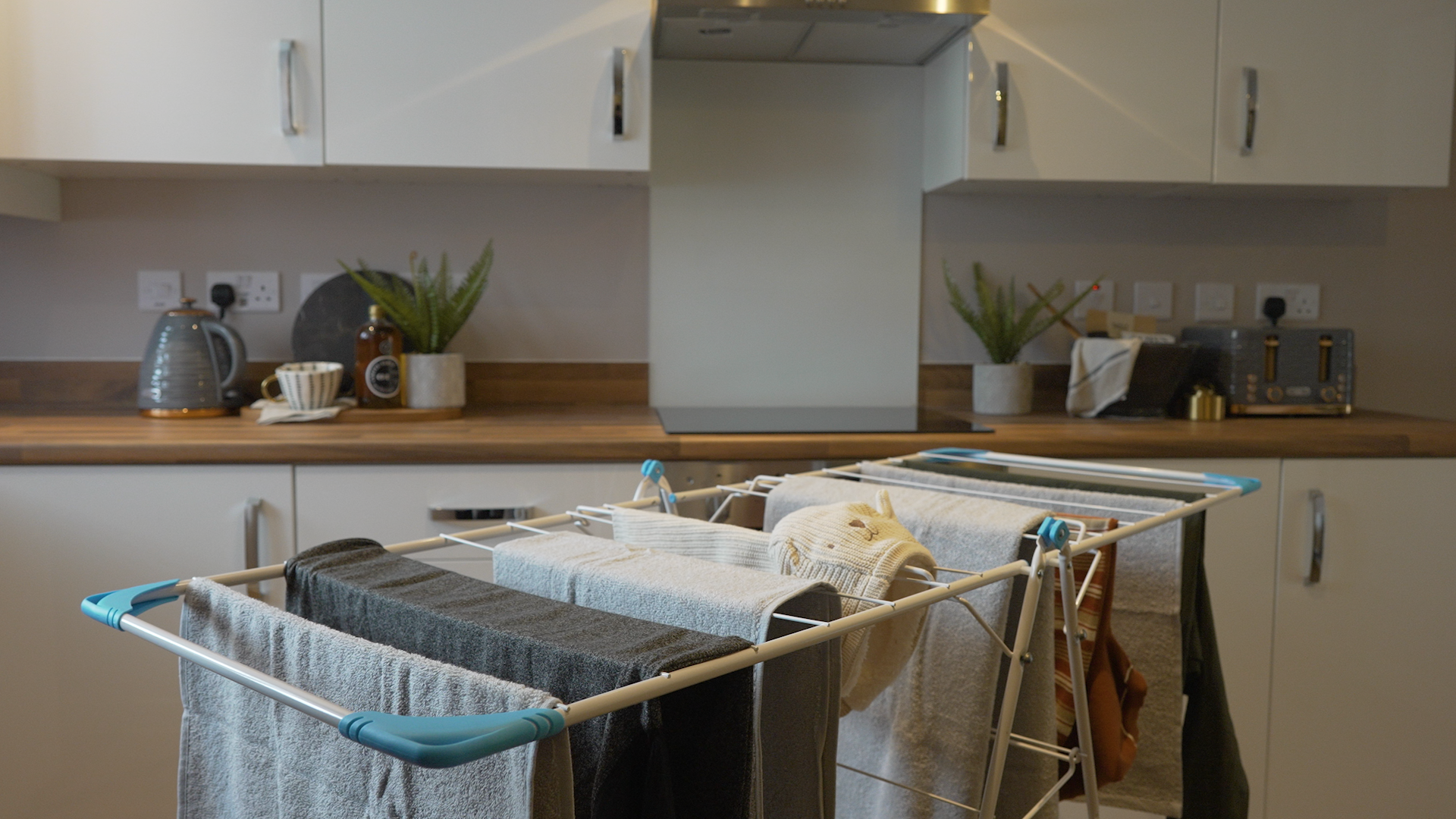 Special Guidance - Drying Clothes Indoors
Special Guidance - Drying Clothes Indoors
 Special Guidance - Windows Condensation
Special Guidance - Windows Condensation
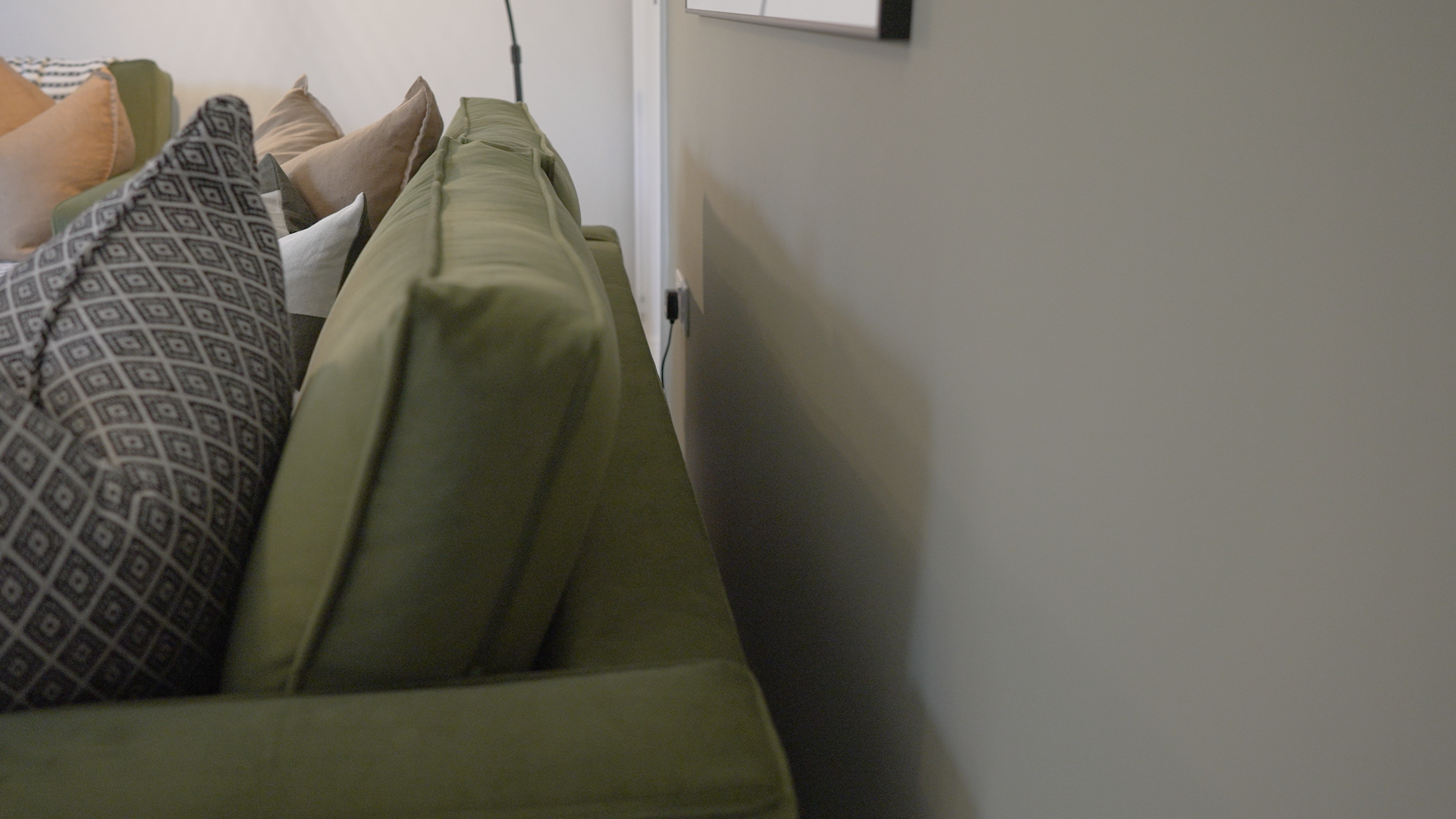 Special Guidance - Walls and Furniture
Special Guidance - Walls and Furniture
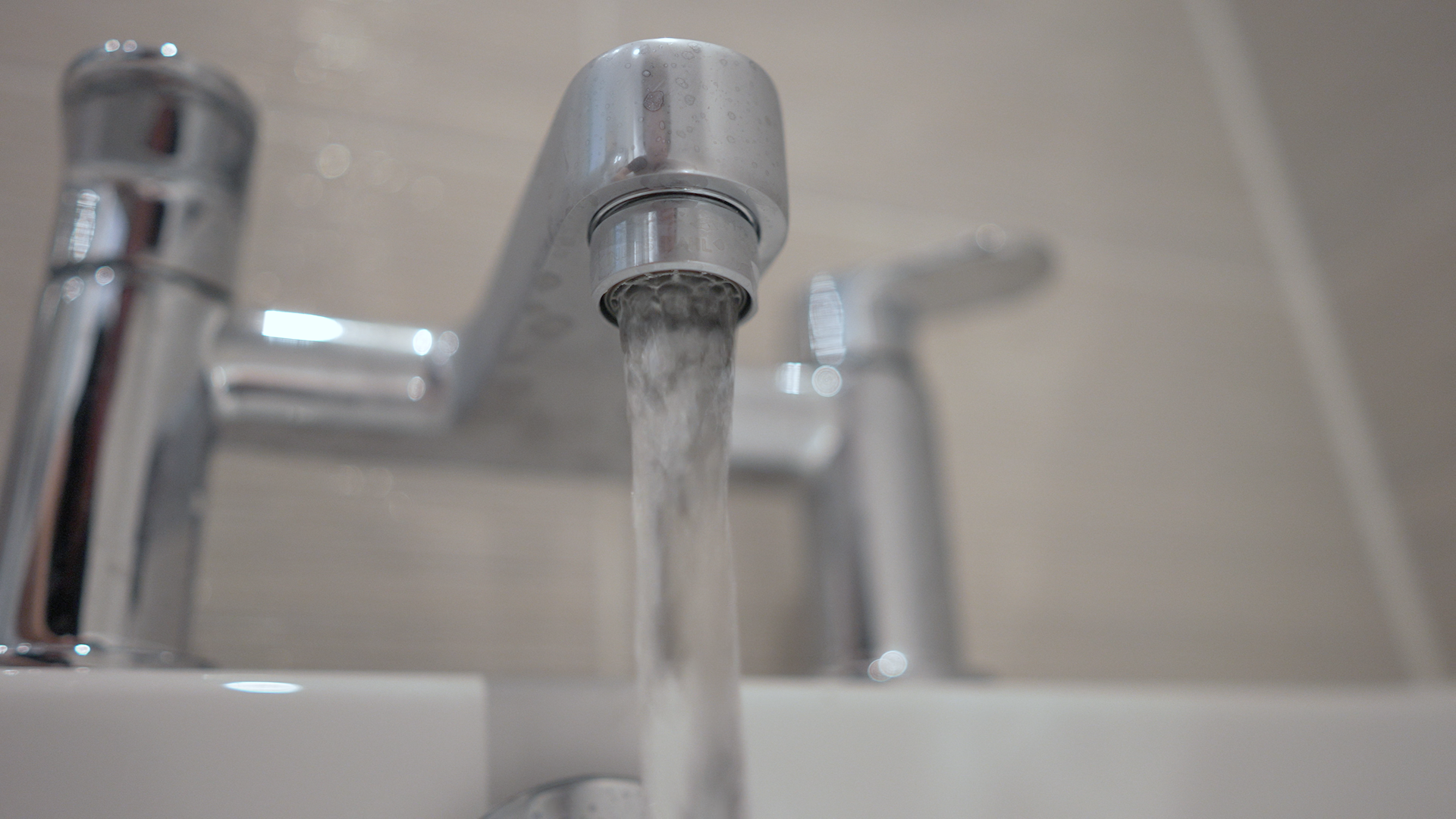 Special Guidance - Bathrooms
Special Guidance - Bathrooms
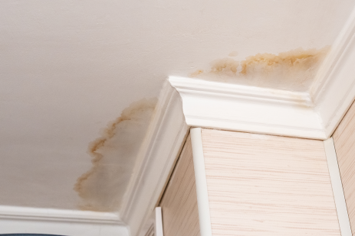 Special Guidance - Mould on Ceilings
Special Guidance - Mould on Ceilings
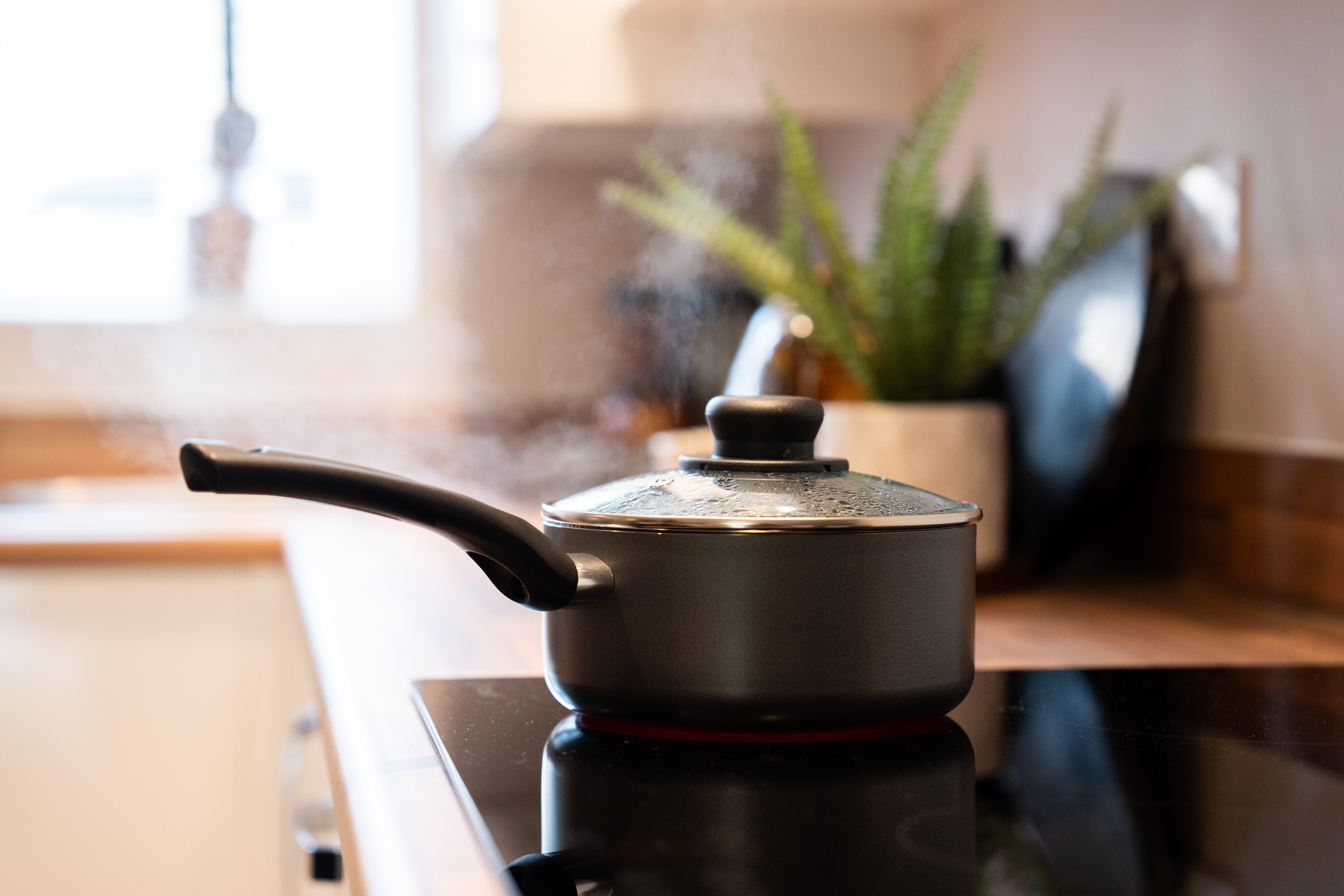 Special Guidance - Kitchens
Special Guidance - Kitchens
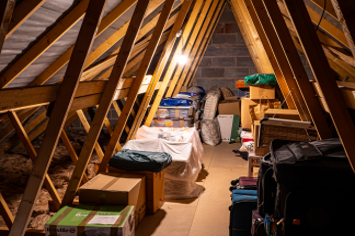 Special Guidance - Unheated Spaces
Special Guidance - Unheated Spaces